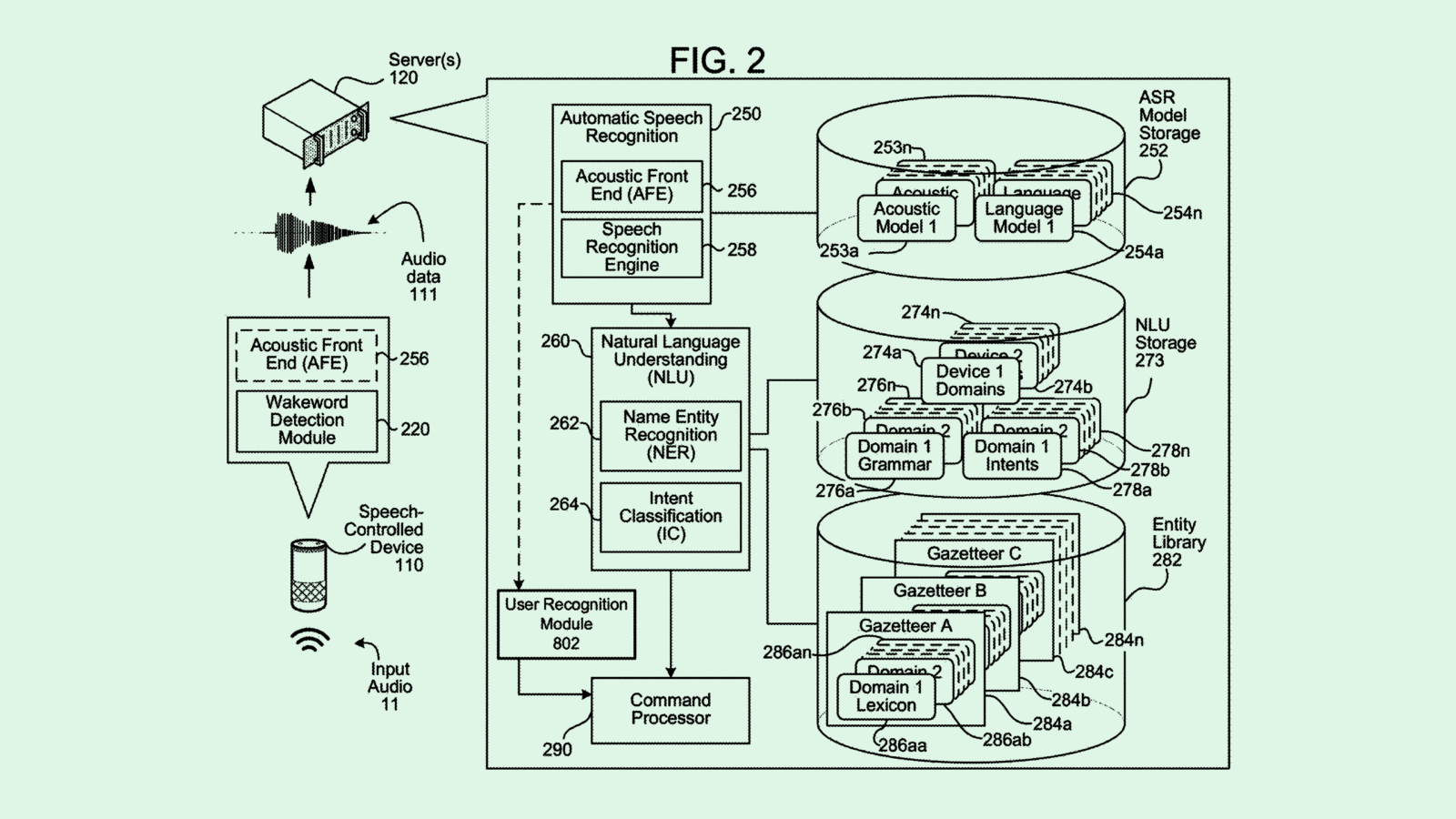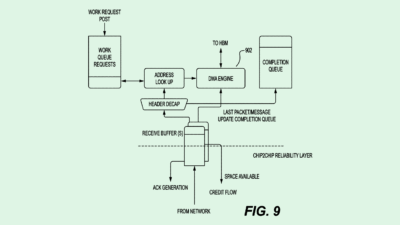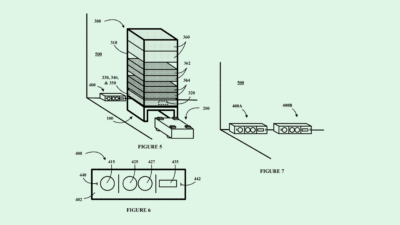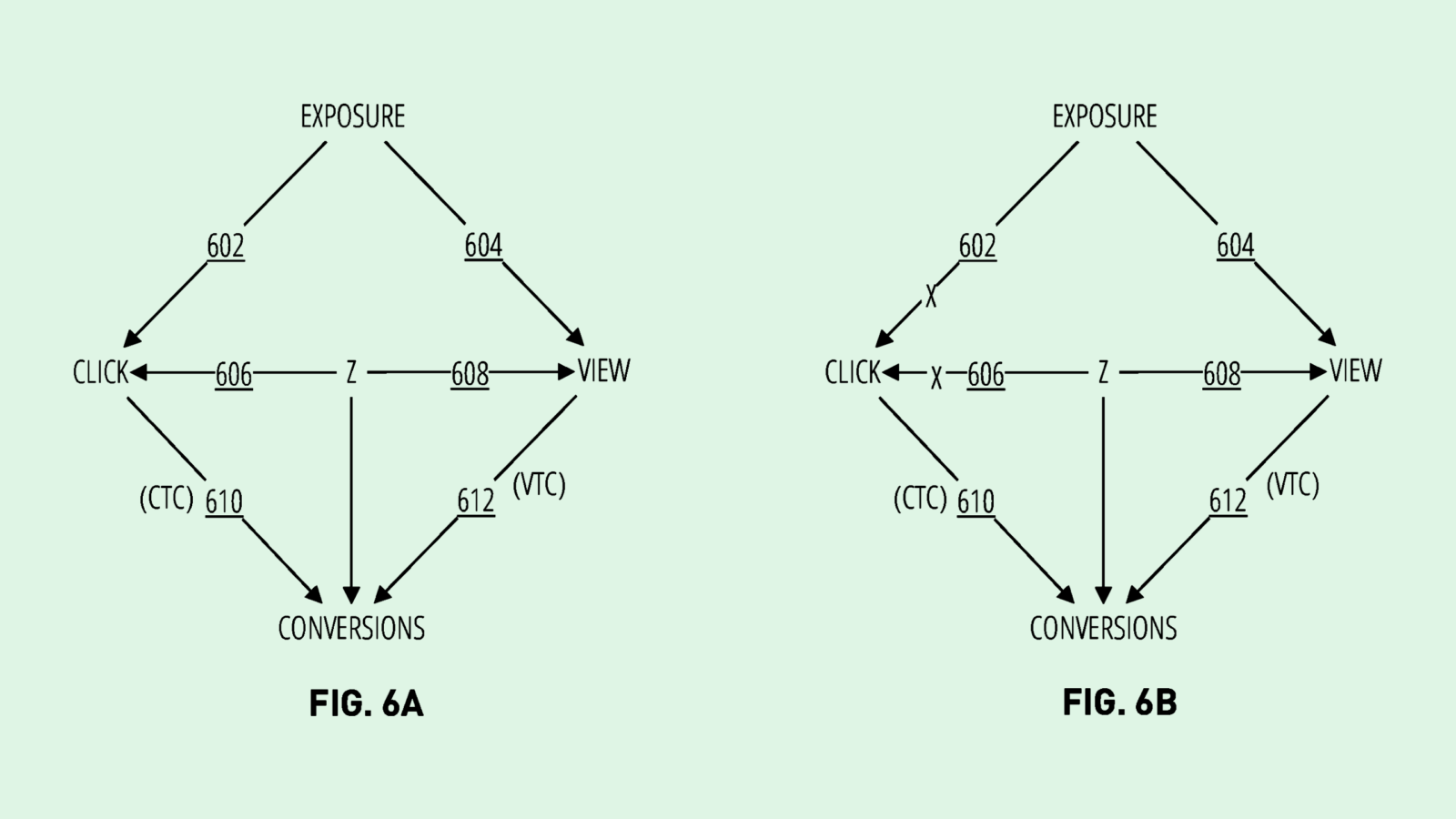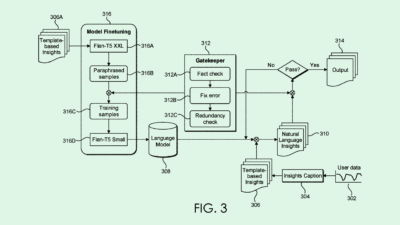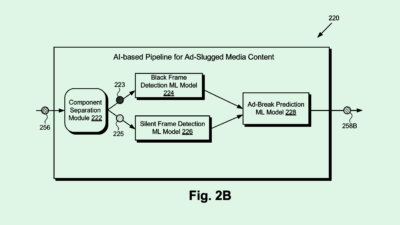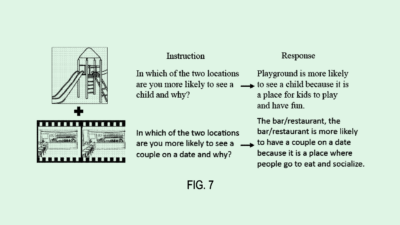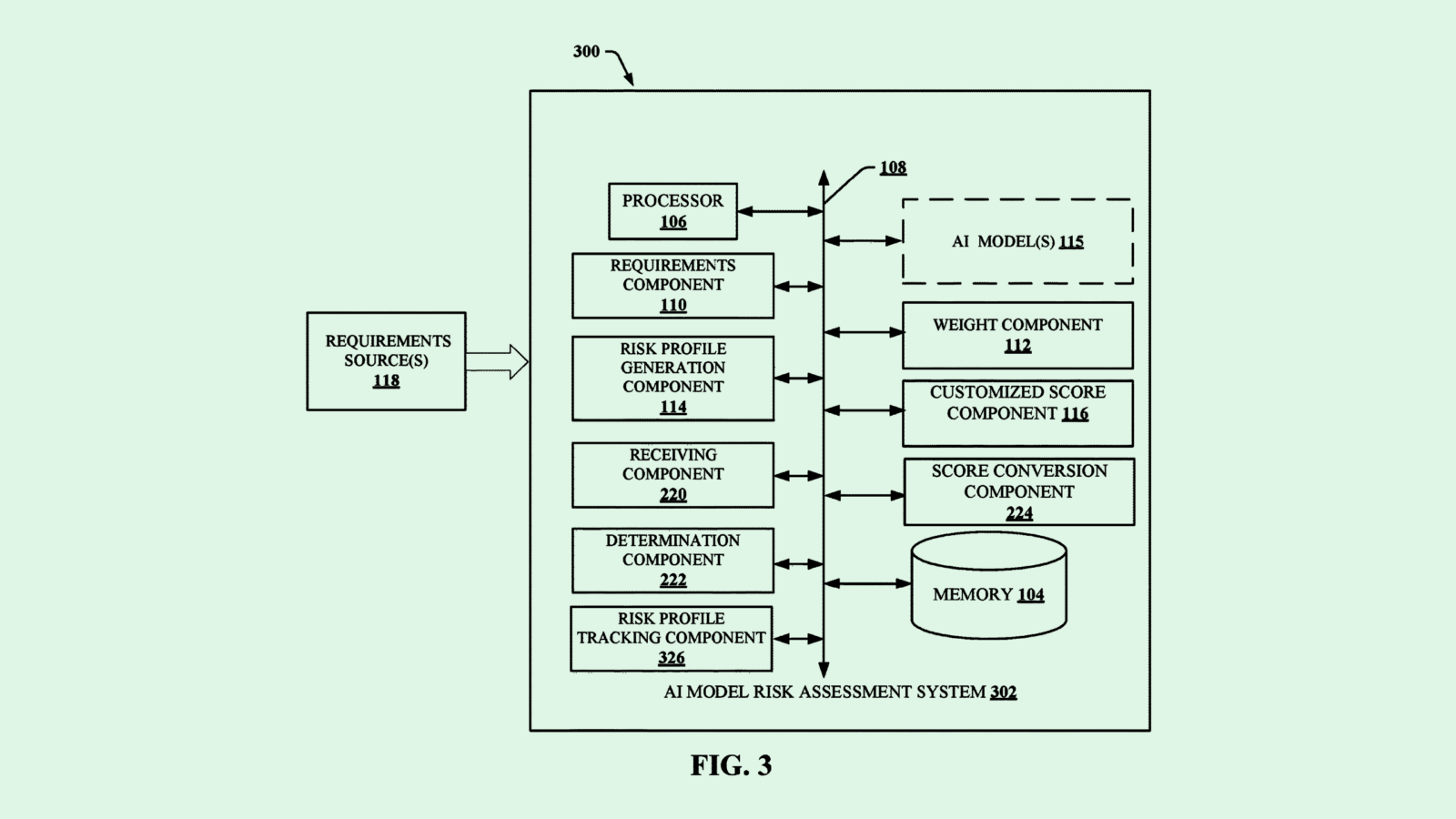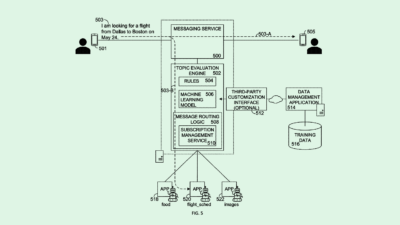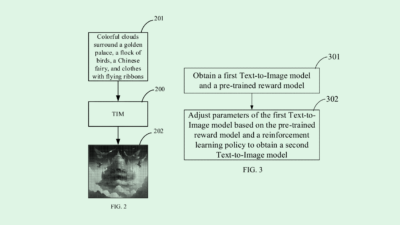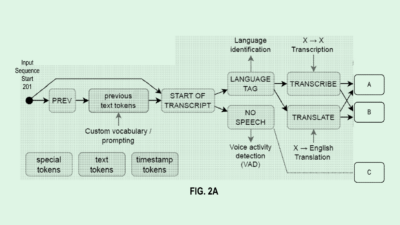PayPal and NVIDIA Filings Tell a Tale of Two Chatbots
Filings from both NVIDIA and PayPal try to figure out user intent.
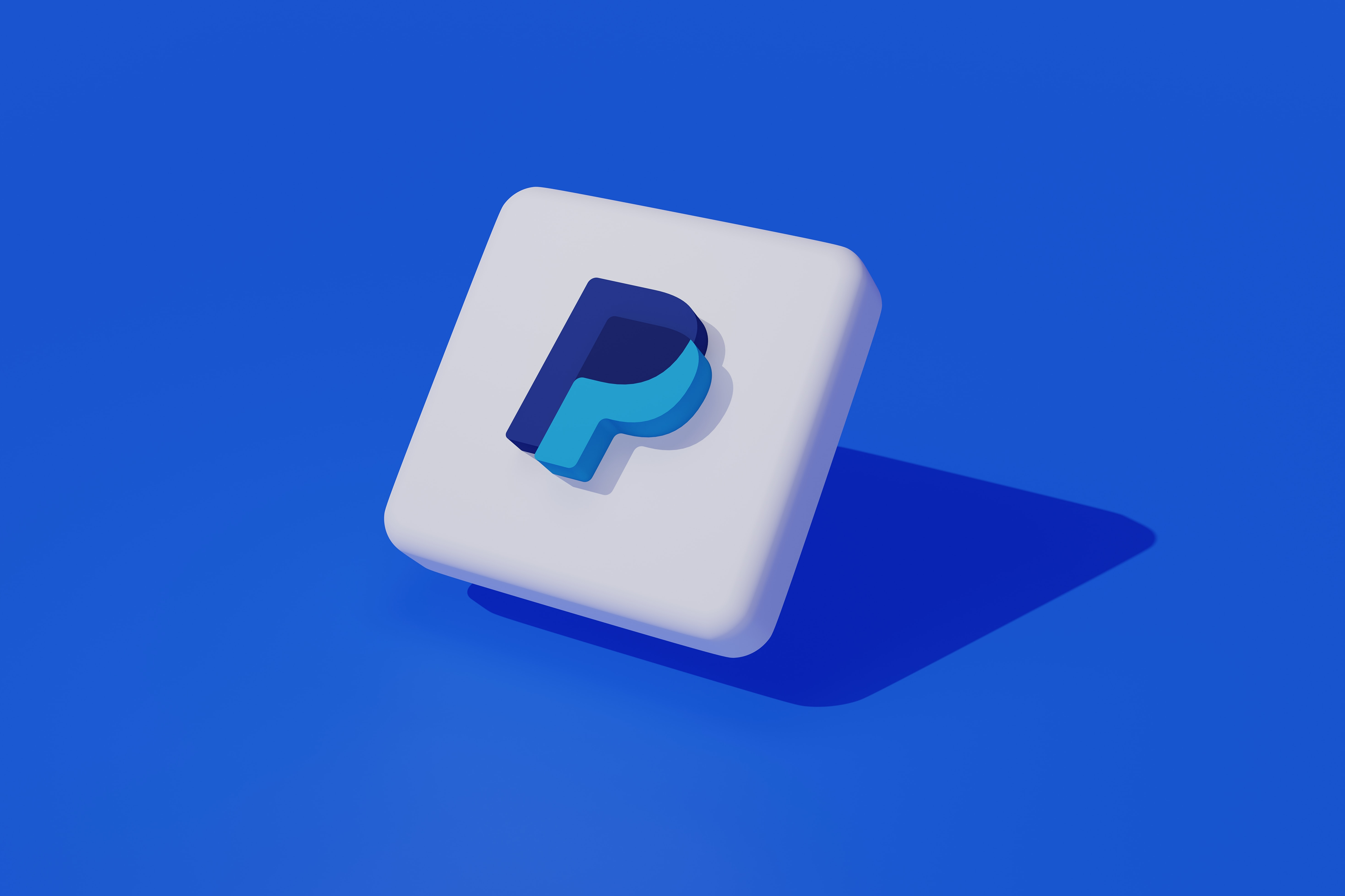
Sign up to uncover the latest in emerging technology.
PayPal wants to help its chatbots think critically.
The company wants to patent a system for “predicting and providing automated online chat assistance.” Basically, PayPal’s system uses two AI models to determine what a user is trying to communicate in an online customer service chat scenario.
Because different people use different language, phrases or short-form abbreviations, an AI model determining intent can be challenging, PayPal noted. Misspellings of words and typographical errors also tend to trip up AI models. This is why PayPal employs two models, each of which are trained to analyze different things.
The first model may be originally trained on a “generic corpus” for training a natural language processing model, PayPal noted. The second model, meanwhile, is trained using a “bidirectional encoder representations from transformations,” or BERT model, which uses deep learning to analyze phrases as a whole, rather than individual words, to derive context.
“The second model may be able to process a phrase correctly even though the phrase is not a complete sentence, or includes inaccurate and/or missing words,” PayPal said in its filing.
In practice, a user’s chat message is sent to a prediction machine learning model to determine the user’s intent. If the first prediction model is unable to figure it out, the message is sent to a second prediction model to understand the intent. The results of this are then used to respond to the user. After the fact, the interaction is used to re-train the first prediction model to better understand intents the first time around.

If it feels like déjà vu, it is: NVIDIA is trying to patent tech that’s used for practically the same purpose. NVIDIA’s patent details a system for “determining intents and responses” in a conversational AI scenario, which relies on multiple AI models to decipher meaning from passages of text.
While both NVIDIA and PayPal are leveraging multi-model approaches to understand a user’s intent, they are going about it in different ways, said Micah Drayton, partner and chair of the technology practice group at Caldwell Intellectual Property Law.
PayPal’s system is essentially using its second model as a backup — If the system isn’t confident in the output of the first model, it’ll scrap that, and pass the job of determining intent onto the second one. NVIDIA, meanwhile, is using one AI model to break down the initial meaning of a passage of text, and the second model to break down any “sub-intents,” or additional context. This means that the output of both AI models is taken into consideration in its response.
“They’re taking two slightly different approaches, but both of their approaches are basically doing the same thing, with specifically figuring out that intent,” said Drayton.
Each companies’ patents likely display just a single part of a larger system, which also likely differ in various ways, Drayton noted. Plus, when a company is patenting software, it’s less about what they’re trying to solve, and more about how they’re trying to solve it, he said.
“It’s theoretically possible that a patent examiner would say that (NVIDIA’s first claim) was very similar to concepts displayed in the PayPal application. The way it’s written it’s quite broad,” said Drayton. “But there is a difference between these inventions.”
Patent law aside, the tech firms would also likely utilize these tools in different ways, too. While the tech NVIDIA’s patent would probably be licensed and sold to other businesses, PayPal would likely use its tech in-house to power customer service for its financial apps.
Have any comments, tips or suggestions? Drop us a line! Email at admin@patentdrop.xyz or shoot us a DM on Twitter @patentdrop. If you want to get Patent Drop in your inbox, click here to subscribe.
